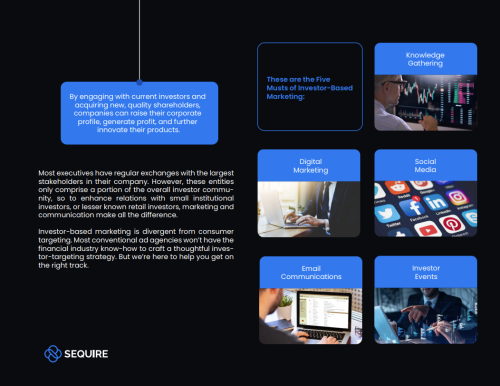Professionals see a range of potential uses for artificial intelligence (AI) in the investor relations field, ranging from surveillance to investor perception and even planning meetings.
There is a great deal of interest among IROs in AI, although only a few say they are already using it.
Speaking on a recent IR Magazine Webinar, Gregg Lampf, vice president of investor relations at Ciena, says targeting is one area where there is a great opportunity to help IR teams make correct decisions quickly. AI ‘puts more science behind the art in surveillance,’ he adds, while noting that the ‘art’ will always be necessary because even automated trading has human influence.
Fellow panelist Adam Frederick, senior vice president of intelligence with Q4, notes that AI can be used in the context of protecting companies from activist investors by looking at correlations and patterns in trading, and determining what is seen when an activist moves into a stock.
The IR team at Solvay has been conducting a review of how AI might be of use. Kimberly Stewart, head of investor relations with the company, says on the webinar that as part of this initiative her team conducted a perception survey by interviewing 20 investors and sending a survey to all investors they had met over the previous 12 months, as well as those on the firm’s distribution list.
Stewart also commissioned a third party to assess analyst reports using an AI tool. The results, she says, were very similar to those from the perception study. She notes that the AI approach would have to be repeated on a quarterly basis, but says it was ‘reassuring’ that it yielded similar results and at ‘a fraction of the cost.’
Stewart is also interested in potential uses for AI such as smart investor targeting – although she notes that there would be a period during which both traditional and AI-based methods are used to help calibrate the AI tool and ensure it is accurate.
In addition, she points to the time-consuming need for setting up meetings around quarterly reports, and wonders if an AI tool could optimize people’s use of time by finding slots for these meetings. Such a tool might also be useful in the context of roadshows, she adds. She would also welcome AI that could filter daily information – including tweets and stock data – and compress it into three key takeaways for the IR team.
Looking forward as the technology evolves, Lampf says he would like AI to help him anticipate things he needs to plan for, and to gain a better sense of how effective his program is, such as in terms of outreach. However, he cautions against losing sight of the underlying data used by such tools.
Frederick foresees AI being of use in areas such as workflow automation and being able to predict events such as the likelihood of a certain investor buying into your stock.
He describes the essence of AI in the IR field as the use of technology to sift through huge amounts of data from disparate sources – such as fund flows, high-frequency trading models and corporate fundamentals - to provide actionable information.
‘[AI can] pull all of these together in real time and make easily digestible intelligence for the IRO,’ he says. ‘Think of AI as the engine that improves what you are already doing.’
Lampf has a similar take – that AI needs to help IR teams digest information and make it more actionable, more quickly. But he cautions: ‘If all AI does is create a new stream of information then it has failed.’
You can listen to the webinar on demand by going to the IR Magazine channel on the BrightTALK platform.










